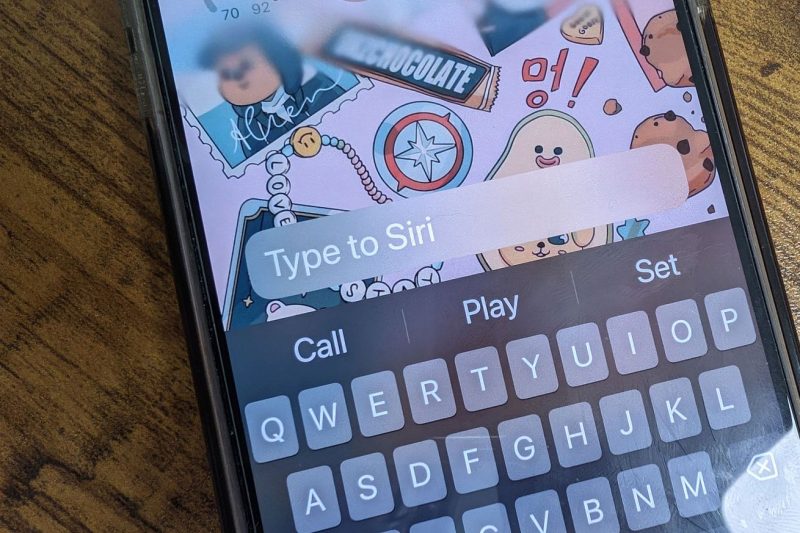As technology continues to evolve at an exponential rate, the way we interact with artificial intelligence (AI) assistants is also undergoing a transformation. Traditional methods of interacting with AI assistants through voice commands or touch inputs may soon be supplemented or even replaced by a new method – typing.
Typing to AI assistants offers several advantages that could make it the preferred mode of interaction in the future. One key benefit is the potential for increased accuracy in communication. When typing, users have the ability to carefully craft their message, ensuring that it is clear and free from ambiguity. This can reduce the likelihood of misunderstandings or misinterpretations, leading to more precise responses from the AI assistant.
Another advantage of typing to AI assistants is the ability to maintain privacy and confidentiality. In certain situations, users may feel more comfortable typing sensitive information rather than speaking it aloud. Typing provides a level of discretion that may not be present when interacting with AI assistants using voice commands. This aspect is particularly important in contexts where confidentiality is paramount, such as in healthcare or legal settings.
Furthermore, typing to AI assistants can also be more inclusive for individuals with speech or hearing impairments. By offering a text-based input option, AI assistants can cater to a wider range of users, ensuring that everyone has equal access to the benefits of AI technology.
In addition to these practical advantages, typing to AI assistants can also enhance the user experience by allowing for more thoughtful and deliberate interactions. When typing a message, users have the opportunity to edit and refine their input before sending it to the AI assistant. This process can lead to more coherent and well-structured queries, resulting in more relevant and meaningful responses.
Despite these advantages, typing to AI assistants may not be the ideal solution for every situation. In scenarios where immediate feedback or hands-free interaction is required, voice commands may still be the preferred method of interaction. Additionally, typing can be more time-consuming than speaking, especially for users who are proficient in voice-based communication.
As technology continues to advance, we can expect to see further developments in the way we interact with AI assistants. Typing to AI assistants represents a promising new approach that offers unique benefits and has the potential to complement existing methods of interaction. By incorporating text-based input options, AI assistants can become more versatile, inclusive, and user-friendly, ultimately enhancing the overall user experience.




























